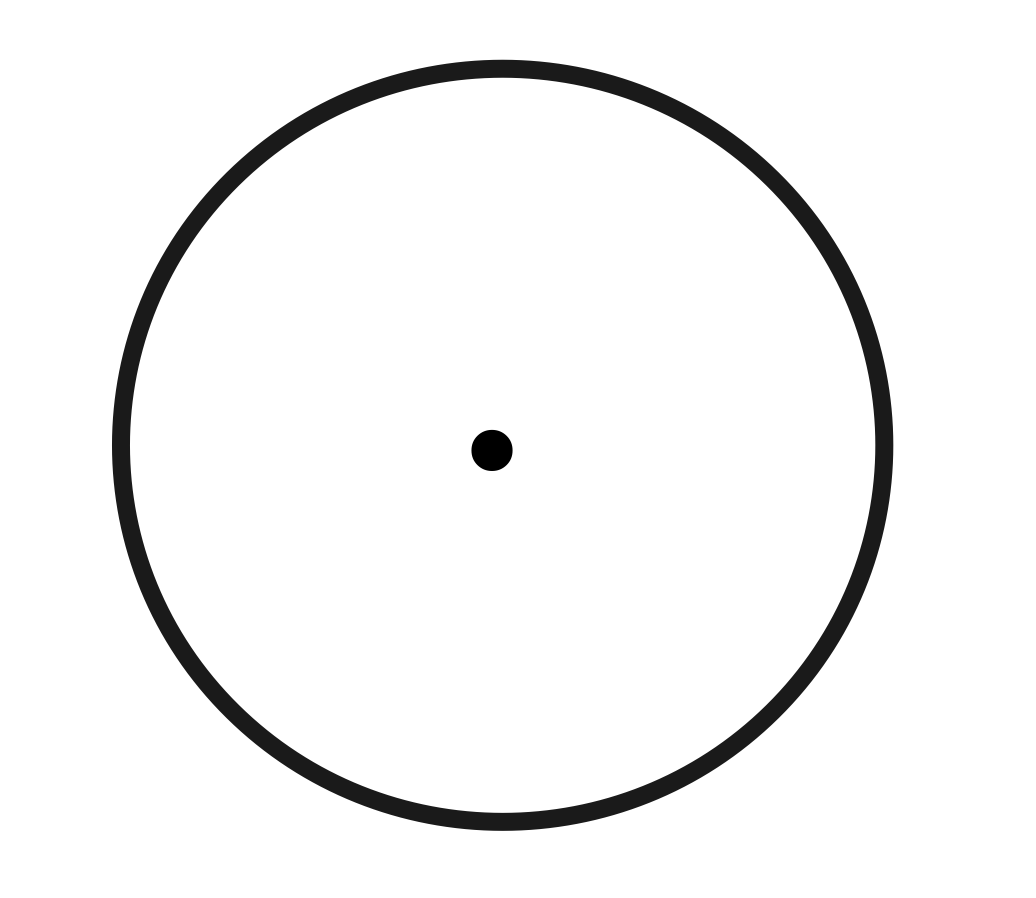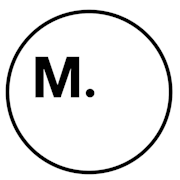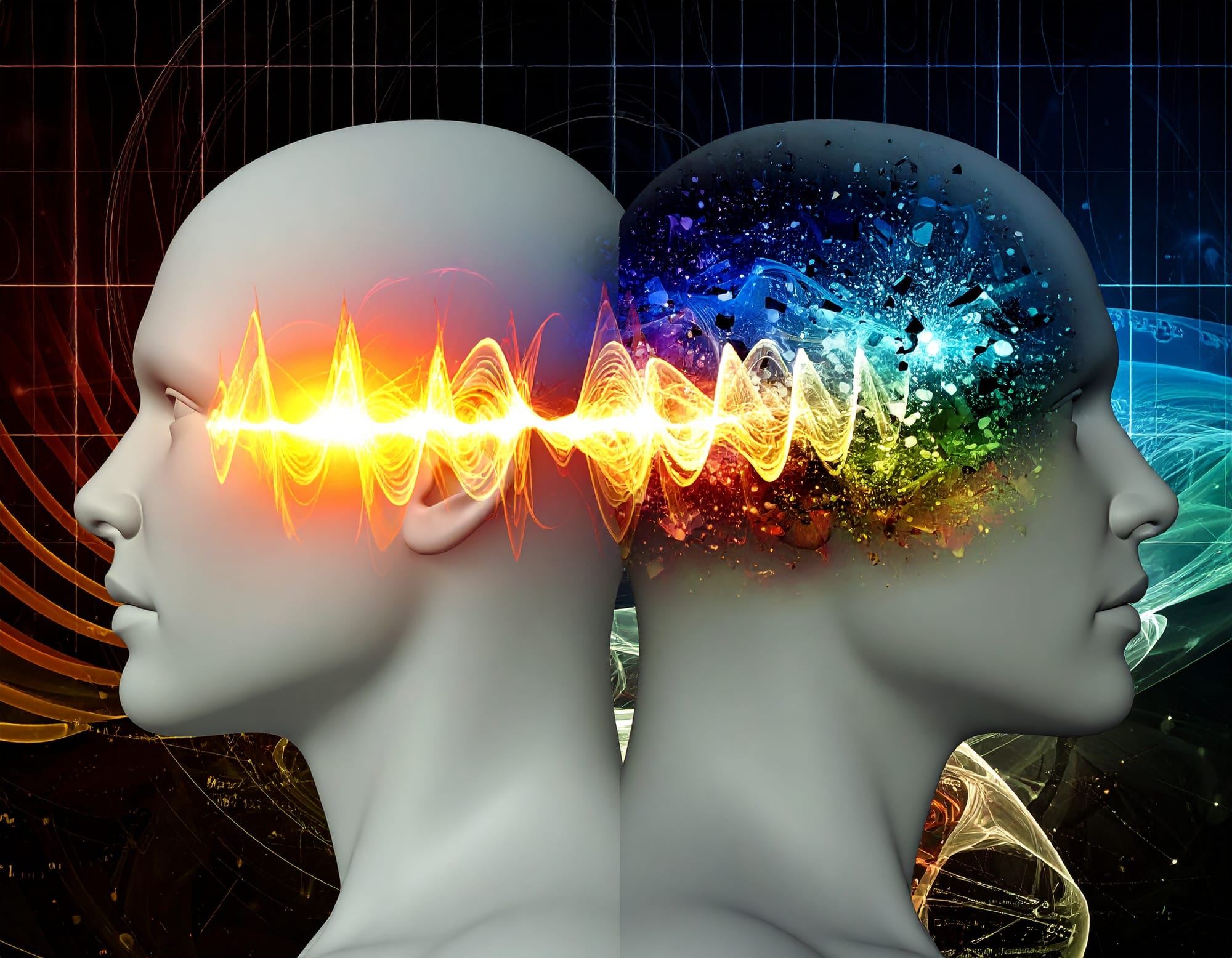We chose the circle and dot for our logo to symbolize unity, wholeness, and the infinite potential within each individual. Sacred geometry has long been a language of the universe, a system of symbols that encode deep spiritual, philosophical, and mathematical truths. The circle represents the cyclical nature of life, the interconnectedness of all beings, and the balance between the self and the universe. The dot at the center signifies the core of one’s being, the spark of consciousness that connects us to the greater whole. Together, the circle and dot reflect our philosophy of nurturing the light within, while fostering harmonious relationships with those who resonate on the same energetic frequency. Our logo serves as a reminder to reconnect with your inherent wholeness and the power of conscious connection.
From ancient Egyptian and Vedic teachings to Renaissance alchemy and Native American wisdom, the circle with a dot inside has carried profound spiritual and cosmological significance. Let’s explore its journey through time.
1. The Ancient Egyptian Sun Disc: Ra and the Eye of Horus
In ancient Egypt, the circle with a dot inside (☉) was the symbol of the Sun, specifically representing the solar deity Ra. The sun was considered the source of all life, and Ra, as the sun god, was seen as the ultimate creative force.
This symbol, known as the Solar Disc, was also linked to the Eye of Horus, embodying protection, wisdom, and divine vision. It was inscribed on temple walls, amulets, and artifacts as a talisman of power and enlightenment.
Additionally, Egyptian mysticism saw the sun as an eye of the cosmos, a watching force that maintained cosmic balance (Ma’at). The dot in the center of the circle symbolized the inner spark of divinity within all beings.
2. The Vedic Bindu: The Seed of Creation
In Hindu and Vedic traditions, the dot inside the circle is called the Bindu—a Sanskrit word meaning "point" or "drop." The Bindu represents the point of origin, the singularity from which the entire universe unfolds.
Bindu is a fundamental concept in Tantra, Yoga, and Vedanta, describing the place where form and formlessness merge. In Sri Yantra, one of the most revered sacred geometric patterns in Hinduism, the Bindu sits at the center, signifying the union of Shiva (pure consciousness) and Shakti (divine energy).
The symbol is also associated with Ajna Chakra (the Third Eye)—the gateway to higher wisdom and inner vision. Meditating on the Bindu is said to bring deep states of awareness and spiritual awakening.

3. The Alchemical Gold: The Perfection of the Self
In Western alchemy, the circle with a dot inside (☉) was the symbol for gold, the most revered metal in alchemical traditions. But beyond physical gold, alchemists viewed this symbol as a representation of the Philosopher’s Stone—the ultimate transformation of the soul.
Gold, in alchemical thought, was a metaphor for spiritual perfection, and the dot within the circle signified the inner divine spark, the pure essence within a human seeking enlightenment.
This concept also ties into Hermetic teachings, where the circle represents the macrocosm (the universe), and the dot signifies the microcosm (the individual soul). The realization that the macrocosm and microcosm are reflections of each other was a key aspect of mystical philosophy.
4. The Native American Medicine Wheel: The Sacred Center
In Native American traditions, the Medicine Wheel is a sacred symbol of balance, harmony, and the interconnectedness of life. Though traditionally divided into four quadrants representing the elements, seasons, and directions, at its core lies a central point—the Great Mystery or the divine source.
The dot at the center represents the individual’s place within the cosmos. It is a reminder that all things revolve around a sacred center, and that to walk the good path in life, one must remain aligned with this divine point of balance.
Many indigenous cultures believe that the center of the Medicine Wheel is a portal—a place where the seen and unseen worlds connect. It is where spirit enters and where the seeker finds vision and truth.
5. The Taoist and Buddhist Understanding: The Void and the Manifest
In Taoism and Buddhism, the circle often appears as the Enso (Zen Circle)—a representation of the universe, enlightenment, and the infinite nature of existence.
However, when a dot is placed inside the circle, it takes on a more specific meaning. It represents:
- The Taoist concept of Wuji (the void) giving rise to Taiji (the first movement of energy).
- The balance between emptiness and form, the unmanifest and the manifest.
- The Buddha-nature present within all beings—the small but powerful seed of enlightenment.
In Buddhist mandalas, a dot at the center often signifies the cosmic axis, the central point from which all reality unfolds. This echoes the same principle found in Hinduism’s Bindu, as well as in ancient Egyptian and Native American wisdom.
6. The Astronomical and Astrological Sun: The Light Within
In modern astronomy and astrology, the ☉ symbol is still used to represent the Sun. It reflects the ancient belief that the sun is the source of life, light, and consciousness.
Astrologically, the sun represents the core self, the soul’s true essence. Just as the physical sun is the center of the solar system, the astrological sun is considered the central force of one's identity. The dot represents the individual spark of divinity within, while the circle is the cosmic whole—reminding us that we are both unique beings and part of a vast, interconnected universe.
The circle with a dot inside is a universal symbol—one that transcends time, geography, and culture. It is a reminder that we are part of something infinite, yet within each of us lies a sacred center—the seed of creation, enlightenment, and transformation.
















